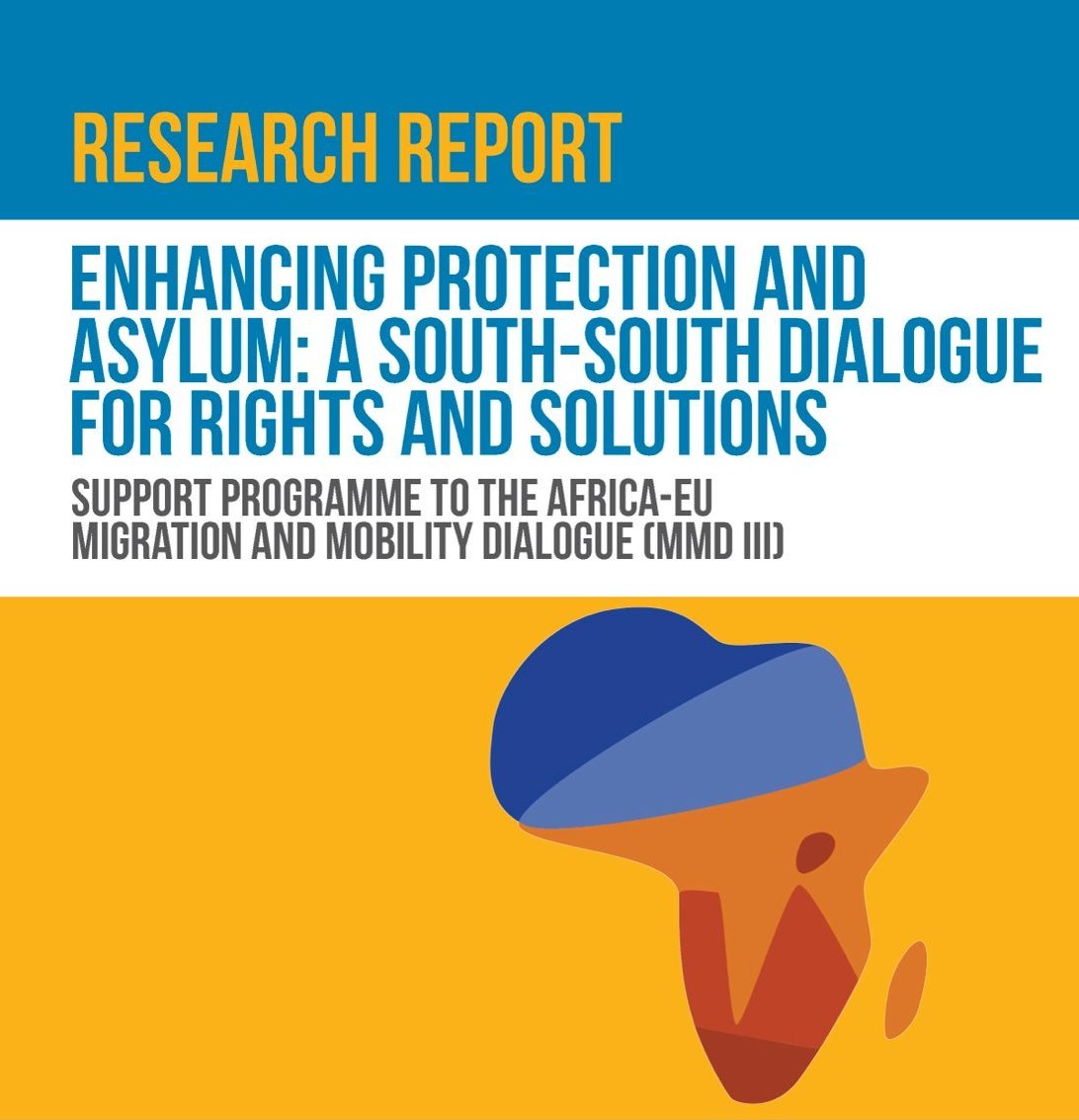
Enhancing Protection and Asylum: A South-South Dialogue for Rights and Solutions (Research Phase)
Across the African continent, asylum systems are evolving under immense pressure from shifting migration patterns to tightening global attitudes toward mobility. In this context, the latest comparative research on general asylum processes and the protection of children on the move in Uganda and South Africa arrives at a pivotal moment. Drawing on rich qualitative engagement with frontline practitioners, legal experts, community organisations, and refugee-led groups, the study offers an unusually grounded picture of how laws and policies translate into lived experience. It is precisely this groundedness that makes the report essential reading for academics, policymakers, and institutional leaders.
While the full findings must be read within their detailed analytical framing, several overarching insights merit close attention. First, the research reveals that legal frameworks alone, however progressive on paper do not consistently translate into accessible protection in practice. The divergence between formal commitments and on-the-ground realities emerges as a recurring thread across both country contexts. This gap has practical consequences not only for individuals seeking asylum but also for the institutions tasked with supporting them. Such dynamics carry implications for legal reform, implementation oversight, and transnational policy dialogue.
Second, the report underscores that the pathways and barriers within asylum systems do not affect all groups equally. Children on the move, especially those who are unaccompanied or face documentation challenges, are navigating systems that often struggle to recognise their specific vulnerabilities. The research surfaces questions that extend beyond national policy debates: How can child-sensitive protection be strengthened in environments facing both resource constraints and procedural complexity? What collaborative models might bridge the distance between legal obligations and real-world accessibility?
Third, the comparative perspective is particularly illuminating. Uganda and South Africa represent two contrasting approaches to asylum and refugee protection, each with distinct strengths and systemic challenges. By placing these frameworks side by side, the study creates an analytical space that can inform constructive dialogue across governments, regional bodies, and civil society. This comparative angle positions the report as not just a descriptive document but a catalyst for policy reflection and innovation.
For decision-makers invested in migration governance, child protection, or humanitarian programming, the full report offers far more than a catalogue of challenges. It provides a textured, practitioner-informed understanding of where systems are straining, where promising practices exist, and where targeted reform could yield meaningful change. Engaging deeply with the full research is essential for anyone seeking evidence-based pathways forward in an increasingly complex protection landscape.
Link to report: https://sihma.org.za/reports/research-report-enhancing-protection-and-asylum-a-south-south-dialogue-for-rights-and-solutions

Categories:
Tags:
- Refugee-led Organisations Africa
- Humanitarian Policy Africa
- Refugee Rights And Protection
- Comparative Asylum Research
- Asylum System Challenges Africa
- Unaccompanied Children Asylum
- Refugee Legal Frameworks Africa
- Migration Governance Africa
- Asylum Policy Analysis Africa
- South-South Migration Dialogue
- Children On The Move Research
- Child Protection Migration Africa
- Refugee Protection South Africa
- Refugee Protection Uganda
- Asylum Systems In Africa

